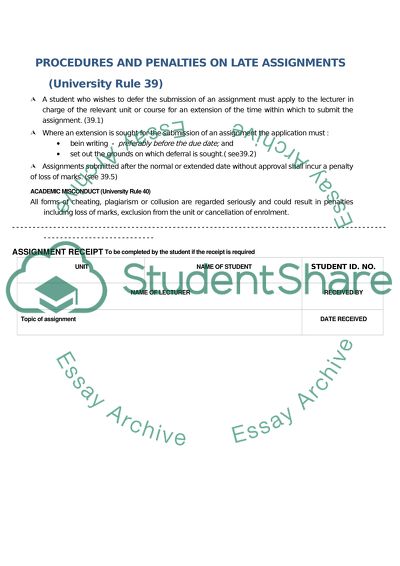Cite this document
(“Health Research Methodology Essay Example | Topics and Well Written Essays - 2500 words”, n.d.)
Retrieved from https://studentshare.org/macro-microeconomics/1422143-health-research-methodology
Retrieved from https://studentshare.org/macro-microeconomics/1422143-health-research-methodology
(Health Research Methodology Essay Example | Topics and Well Written Essays - 2500 Words)
https://studentshare.org/macro-microeconomics/1422143-health-research-methodology.
https://studentshare.org/macro-microeconomics/1422143-health-research-methodology.
“Health Research Methodology Essay Example | Topics and Well Written Essays - 2500 Words”, n.d. https://studentshare.org/macro-microeconomics/1422143-health-research-methodology.


